Le curriculum vitae de Nick Laird-Clowes est affolant. Après avoir monté The Act avec Mark Gilmour (le frère de David), Laird-Clowes donna des lettres de noblesse aux villes du Nord de l’Angleterre avec les Dream Academy avant de travailler avec David Gilmour (le frère de Mark) et Brian Wilson.
En 1999, Laird-Clowes mit tout le monde à terre avec ce disque aussi étrange que singulier. Disque du mois dans Rock & Folk, Mona Lisa Overdrive eut le chic de mettre Les Inrocks et Magic sur la même longueur d’onde. Soutenu mordicus par McGee et Creation Records, Trashmonk annonçait le XXIième siècle sans s’en rendre compte.
Comment es-tu rentré en contact avec le label Creation ?
Nick Laird-Clowes : Je suis allé au ‘The Living Room’, un club d’Islington où Alan McGee était DJ. Quand j’étais sur le point de partir, quelqu’un est venu me voir et m’a demandé si je le connaissais ; j’ai répondu que non. Alan a dit, une fois qu’on m’avait présenté à lui : ‘Je suis sorti avec ma femme lorsque le single de Love Parade de The Dream Academy a été diffusé pendant une soirée !!
Je lui ai dit que j’avais des nouveaux morceaux en stock. Il m’a alors demandé de venir les jouer dans les bureaux de Creation.
Il est ensuite venu chez moi et je lui ai joué d’autres chansons sur la guitare acoustique et d’autres que j’avais créées avec mon sampler MPC 3000. Quand il a entendu les morceaux échantillonnés, il a dit qu’il voulait absolument que Creation publie un disque. Nous sommes sortis pour le déjeuner et il a appelé Dick Green son associé et lui a annoncé la nouvelle.
Trashmonk – Girl I Used 2 Know
Quel était ton état d’esprit pendant l’enregistrement de ce disque et plus généralement en 1999 ?
On pourrait dire que mon état d’esprit était quelque peu instable depuis que la fin de The Dream Academy.
Cela n’était sûrement pas étranger à ma consommation de drogue, je faisais des expériences avec différentes substances qui altèrent l’esprit depuis que j’avais quinze ans. J’avais développé un certain appétit pour elles.
J’avais enregistré des démos mais personne n’était vraiment intéressé. Cette situation me déprimait. David Gilmour m’a alors demandé de travailler avec lui en studio avec The Division Bell et j’avais fini par aider à l’écriture de quelques chansons. Dès que ce fut fini, je suis allé au Népal étudier le bouddhisme tibétain avec l’un des plus grands professeurs du pays, ce qui m’a beaucoup aidé dans mon état d’esprit.
Où as-tu enregistré ce disque ? Combien de temps cet enregistrement a-t-il duré ?
Quand je suis rentré du Népal, je suis allé à New York pendant quelques mois et je suis resté chez mon ami Adam Peters (il avait travaillé pendant The Dream Academy) et j’ai commencé le processus lent et long de fabrication de Mona Lisa Overdrive dans son petit appartement. Les chansons Amaryllis et Inner Brownstone Symphony proviennent de ces sessions. J’avais enregistré It Won’t Be Long environ un an plus tôt avec Adam à Londres et nous avions demandé à sa petite amie, Ann-Charlotte Vengsgaard de faire des chœurs. Nous la surnommions « l’église anglicane Leonard Cohen ».
Il y avait une qualité lo-fi d’un autre monde que nous avons tous les deux adorée. Après New York, je suis rentré à Londres et j’ai renoncé à essayer d’obtenir un contrat d’enregistrement. J’ai décidé de créer des morceaux tout seul dans la pièce principale de mon appartement (presque comme un peintre). Ces morceaux restaient dans mon appartement comme des toiles collées à des murs. Je n’ai pas cherché à les vendre.
J’ai utilisé uniquement l’échantillonneur MPC 3000 comme enregistreur ainsi que les échantillons que j’avais faits lors de mon voyage au Népal et en Inde. Au lieu d’avoir un groupe, j’ai coupé le son des voitures, de la circulation, des oiseaux des gens qui parlent… J’ai joué avec ces sons en les accélérant ou en les ralentissant. Quand je jouais de la guitare ou du clavier sur les paysages sonores, ça sonnait juste pour moi. Ces chansons ne nécessitaient pas beaucoup d’autres arrangements.
Ce type d’enregistrement a duré au moins un an avant de rencontrer Alan Mcgee et j’ai probablement travaillé dessus encore six mois. Le fait de recruter Simon Tyrell comme ingénieur a accélérer les choses.
Trashmonk – Amaryllis
D’ailleurs, pourquoi avoir travaillé avec George Shilling ? Et Simon Tyrrell ?
Je connaissais Simon Tyrrel depuis les derniers jours de The Dream Academy. Il avait fait la programmation de batterie sur Love, l’un de nos derniers singles. Il a entendu ce que je faisais avec le MPC 3000 et chaque fois qu’il venait, il me donnait des conseils de programmation pour le sampler ou il mettait en place un nouveau son vocal radical que je pourrais utiliser. Après avoir signé avec Alan, Simon a suggéré je devais plutôt acheter du matériel pour finir le disque chez moi plutôt que de dépenser de l’argent dans la location de studios.
C’était une démarche assez inhabituelle pour cette époque et nous avons acheté la première machine Akai Digital. C’était extrêmement compliqué (il n’y avait pas d’écran et il fallait tout calculer), mais Simon avait les capacités pour s’en sortir. C’était très libérateur de travailler tous les jours à la maison. Mon appartement est juste devenu un studio d’enregistrement, sans aucune autre place, mais cela signifiait que je pouvais me réveiller (avec une gueule de bois) et m’asseoir sur une chaise et chanter une chanson comme Sapphire et l’enregistrer (c’est ce qui s’est passé). Quand je fais le dernier accord de la chanson, la porte d’entrée de la maison se referma brusquement et on m’entendit rire avec exaspération. Je pensais que cela avait ruiné l’enregistrement, mais quand j’ai réécouté j’ai réalisé que cela l’avait rendu plus réel.J’ai commencé à comprendre que tous mes déchets et mes détritus (non seulement dans mon esprit mais aussi dans mon appartement) constituaient tout l’album.
Au lieu de jeter ou de tout nettoyer et d’essayer de faire quelque chose de parfait, toute l’imperfection était l’album !! C’est ce que Alan McGee a réalisé immédiatement. À la fin de l’enregistrement, Alan suggéra à George Shilling de mixer le disque. Je pensais que ça ne nécessitait pas de mixage mais Alan voulait essayer. La première chose que George a faite a été de la transférer de notre machine numérique sur une bande analogique qui sonnait bien. C’était quelqu’un de très sympathique. Il a vraiment ajouté ce petit quelque chose qui manquait au disque.
Tu peux m’en dire plus sur cette pochette ?
Comme tout mon appartement ressemblait plus à un studio qu’à un appartement – lorsque quiconque venait nous rendre visite, il ne pouvait s’asseoir que sur un vieux canapé face à la fenêtre principale qui donnait sur Ladbroke Grove – avec toutes les voitures et les bus qui passaient. Nous avons avions cette même vue tous les jours lorsque nous enregistrions. Niloo Tehranchi, une fille que j’avais rencontrée dans un monastère du Népal quelques années auparavant, est venue de New York pour rendre me visite et elle a commencé à prendre des photos de tout le chaos dans la pièce. C’était aussi ce qu’elle aimait. Chaque objet trouvé est de l’art au final. Quand elle est partie, elle m’a donné les photos, y compris cette photo. C’était juste la vue par la fenêtre à la fin d’une longue journée. C’est au moment où la nuit tombe, comme le son de ce disque. Peu de temps après, j’ai pris un marqueur noir et j’ai essayé d’écrire mon nom dessus. J’aime le côté fait maison de cette pochette. La photo, à l’intérieur du disque, est une photo de Peter Beard. C’est un cliché de moi en train de sauter d’une jeep au cours d’un voyage en Afrique. Au-dessus, les noms de chaque artiste, compositeur, réalisateur, philosophe, poète, pays, livre, album, écrivain et ami que j’ai adoré, réunis en un seul mot – sous le titre : « Putain de vie totalement changeante et inspirante. »
Et pourquoi l’avoir appelé Mona Lisa Overdrive ?
J’avais lu des articles sur les pionniers de la révolution numérique mondiale que nous pensions voir se produire. Parmi lesquels se trouvait William Gibson et l’un de ses cyber-romans s’appelait Mona Lisa Overdrive. Je le mets sur ma liste de titres. Quand Alan a entendu cela, il a dit que c’était l’album: « Une œuvre d’art déformée »!
Quels sont tes disques préférées de 1999 ?
Je n’ai pas le souvenir d’avoir écouté de musique pendant l’enregistrement de ce disque. J’ai vraiment adoré The Soft Bulletin de Flaming Lips ainsi que Godspeed You! Black Emperor et les White Stripes. Les premiers albums d’Elliott Smith et de Jeff Buckley (je l’avais déjà vu jouer presque chaque fois qu’il venait à Londres, dès les premiers petits concerts) m’ont aussi marqué.
J’en profite pour ajouter un dernier mot. Le cœur du disque est de moi. Mais Adam Peters (aujourd’hui compositeur de film) et sa petite amie Ann-Charlotte Vengsgaard, le violoniste électrique Ben Coleman, qui a joué le superbe solo d’All Change ont rendu possible ce disque. Jon Carin, un vieil ami multi-instrumentiste (il a joué avec Pink Floyd) et venu à Londres pour jouer avec The Who. Après les balances, il a écouté ce que nous enregistrions et a joué pendant une heure sur tout ce qui traînait chez moi. Il a réussi à jouer sur un instrument à cordes indien avec une agrafeuse à l’aide d’une pédale de distorsion. Simon Tyrell a été mon co-pilote pendant tout ce temps. Il connaissait exactement le son que j’avais dans la tête et comment nous pouvions y parvenir!
Et bien sûr, Alan Mcgee. Il y a totalement cru dès qu’il l’a entendu. Il m’a aidé à le faire et à le diffuser. Des gens inoubliables et des moments inoubliables …
Mona Lisa Overdrive de Trashmonk est disponible chez Creation Records/Sony.
- Girl I Used 2 Know
- Polygamy
- Sapphire
- High Times
- Amaryllis
- All Change
- Inner Brownstone Symphony
- N.W.O.
- It Won't Be Long
- Dying Day
- On The Way Home
English text
How did you meet the team at Creation ?
Nick Laird-Clowes : I went to a club in Islington called The Living Room where Alan McGee was DJing. When I was about to leave someone introduced me and asked if I knew him-I said I had never met him but Alan said: ‘I know who you are, my first wife walked out on me while the 12 inch of the Love Parade (The Dream Academy) was playing !! I told him I had some new music and he asked me to come and play it to him at Creation.
He then came to my house and I played him some other songs on the acoustic guitar and and some I had made using my MPC 3000 sampler.
When he heard the sampled tracks he said he definitely wanted to make album for Creation. We went out to lunch & he called Dick Green his business partner and told him.
What was your state of mind in 1999 and before the recording process of this album ?
My state of mind had been a bit up-and-down you might say, since The Dream Academy had split up. I was certainly no stranger to drugs and had been experimenting with different mind altering substances since I was about 15 years old and had developed quite an appetite for them.
I had recorded demos of new songs but nobody was really interested which was depressing, then David Gilmour had asked me to work with him in the studio on The Division Bell and I ended up helping to write a couple of the songs.
As soon as it was finished I went to Nepal to study Tibetan Buddhism with one of the great teachers there and that was very helpful for my state of mind.
Where did you record this LP ? How did long it take you ?
When I returned from Nepal I went to New York for a few months and stayed my friend Adam Peters (he had worked with The Dream Academy) and I started the long slow process of making MLO in his little apartment there.
Amaryllis & Inner Brownstone symphony came out of that. I had recorded It Won’t Be Long about a year earlier with Adam in London and we had asked his girlfriend, Ann-Charlotte Vengsgaard to sing backing vocals on it – we called it ‘Church of England Leonard Cohen’ it had an otherworldly lo-fi quality that we both loved.
After New York I came back to London & gave up trying to get a record deal – I decided I would just make tracks alone in my front room (almost like a painter might) just stick them up against a wall when I finished one and go on to the next with no thought of trying to sell them.
I used just the MPC 3000 sampler as a recorder & the samples that I had made on my trip to Nepal & India.
Instead of having a band , I just cut up the sounds of cars or birds & traffic, people talking etc.. ; slowed them down, sped them up, looped them or just let them play in freetime. When I played guitar or keyboards over the soundscapes it sounded right to me. there wasn’t much room or need for anything else in the arrangement. That style of recording went on for at least a year before I met Alan Mcgee and I probably worked on it for another 6 months after I met him but by then I had Simon Tyrell engineering, so things moved a lot faster !!
Why did you work with George Shilling ? And Simon Tyrrell ?
I had known Simon Tyrrel Since the last days of The Dream Academy. He had done the drum programming on ‘Love’ our final single with Poly Styrene (X Ray-Specs). He heard what I was doing with the MPC 3000 and whenever he came over would give me some programming tips for the sampler or set up a new radical vocal sound for me to use. After Alan signed me, Simon suggested that instead of spending the money on studios that I just buy more equipment and keep on making the record in my front room with him engineering.
This was something that was quite unusual at the time and we bought the first Akai Digital machine-it was fiercely complicated (no screen or anything just number crunching) but Simon could work his way around it.
It was very liberating working every day at home. My flat just became a recording studio with no room for anything else but this meant, I could wake up (with a hangover) and just sit on a chair and sing a song like Sapphire and record it (which is what happened). As I finished the last chord of the song, the front door of the house slammed shut downstairs and you can hear me laugh in exasperation. I thought it had ruined the recording but when I listened back I realised it had made it more real. I started to realise that all my junk and detritus (not only in my mind but in my flat) was the whole album. Instead of throwing it away or cleaning it all up and trying to make something perfect, all the imperfection was the album !!
This was something that Alan Mcgee realised immediately.
It appealed to his post breakdown, newly clean self and became the aesthetic for the whole album, the artwork, the promotion etc etc..
At the end of the whole process Alan suggested George Shilling should mix it.
I didn’t think it needed any mixing but Alan wanted to give it a try. The first thing George did was transfer it from our digital machine onto analogue tape, which sounded great. He was so sympathetic to what we were trying to do sonically and such a great engineer that he really added the final touch to the whole project.
And this album cover ? Who did this cover ? Why did you choose this picture ?
As my whole flat was now the studio -whenever anyone came to visit they could only sit on an old sofa in front of the main window looking out onto Ladbroke Grove -with all the cars and buses going by. We looked at this same view everyday when we were recording .
Niloo Tehranchi, a girl who I had met in the monastery in Nepal a few years earlier, came over from New York to visit and she just started taking pictures of all the chaos in the room.
It was also what she liked. Found objects as art. When she left she gave me the pictures including that photo. It was just the view out of the window at the end of a long day, just starting to get dark. It looked like the sound of the album. Later I took a black marker pen and tried writing my name on it instead of having a professional type face & liked the messed up,home made feel of it.
Inside is a photograph that Peter Beard took of me jumping off a Jeep in the middle of Africa during a trip there.
Above it are the names of every artist, composer, film director, philosopher, poet, country, book, album ,writer and friend that I loved all joined into one long word -under the heading
‘totally (fucking) life changingly inspirational’…
What’s the reason behind the name of this record ?
I had been reading about the pioneers of the Digital world revolution that we all believed was about to happen, among them was William Gibson and one of his cyber novels was called Mona Lisa Overdrive. I put it on my list for titles. When Alan heard it he said that is the album : ‘A distorted work of art’ !
What are your favourite albums of 1999 ?
I don’t remember listening as much as recording the music for the album but I definitely loved Soft Bulletin by Flaming Lips also The White stripes, God Speed Ye Black Emperor. The early Eliot Smith albums and Jeff Buckley (I’d seen him play almost every time he came to London, from the first small gigs). Just to add that the real core of the album apart from myself and the samples were –
Adam Peters (now a film composer) and his girlfriend Ann-Charlotte Vengsgaard, the electric violinist Ben Coleman, who played the brilliant solo on All Change amongst many other wonderful things. Jon Carin, a multi instrumentalist and long time friend (he had played with Pink Floyd) and when he arrived in London to play with The Who, came over after the soundcheck, listened to what we were recording and then just played for an hour or so on anything that was lying around -he memorably played an Indian one string instrument with a staple gun through a fuzz box.
Simon Tyrell was my co-pilot throughout and someone who knew just what sound I had in my head and how we could achieve it !
And of course, Alan Mcgee who heard it ,totally believed in it, helped guide it and then actually got it out to the world.
Unforgettable people and unforgettable times…

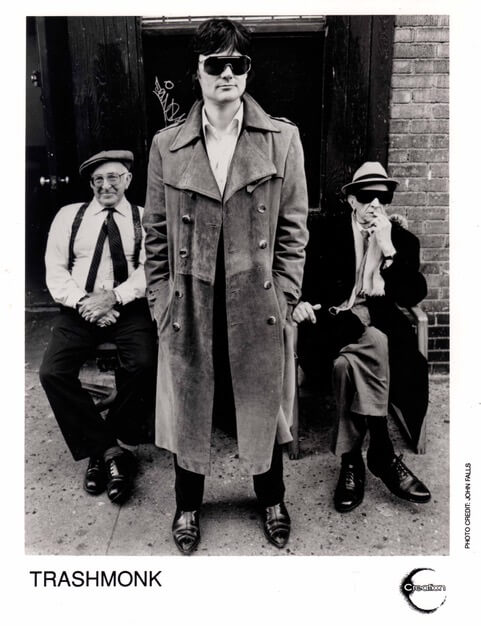
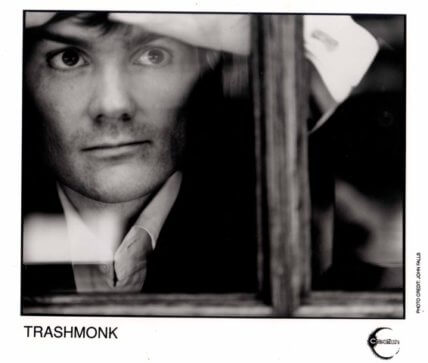
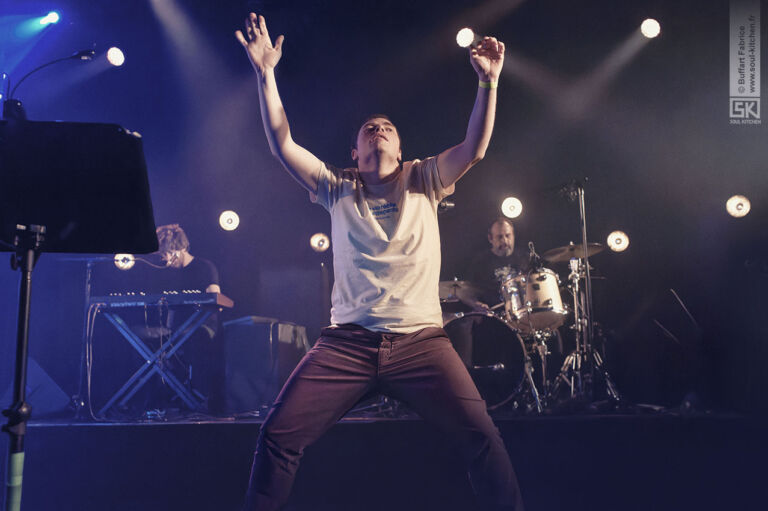
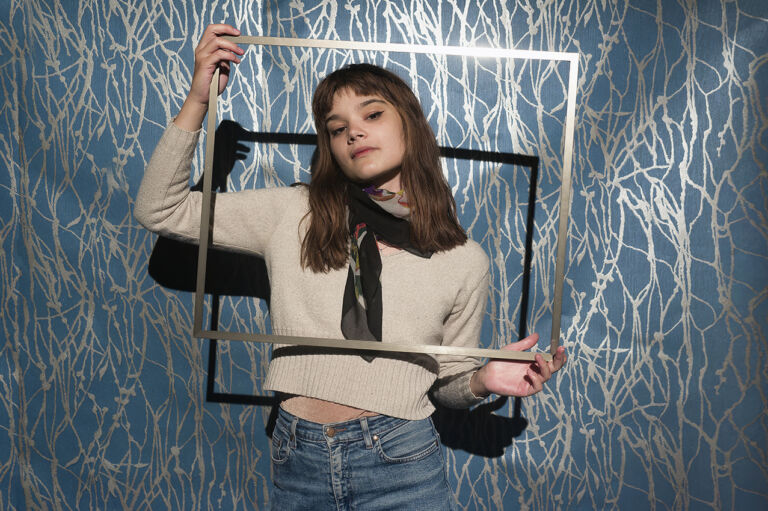
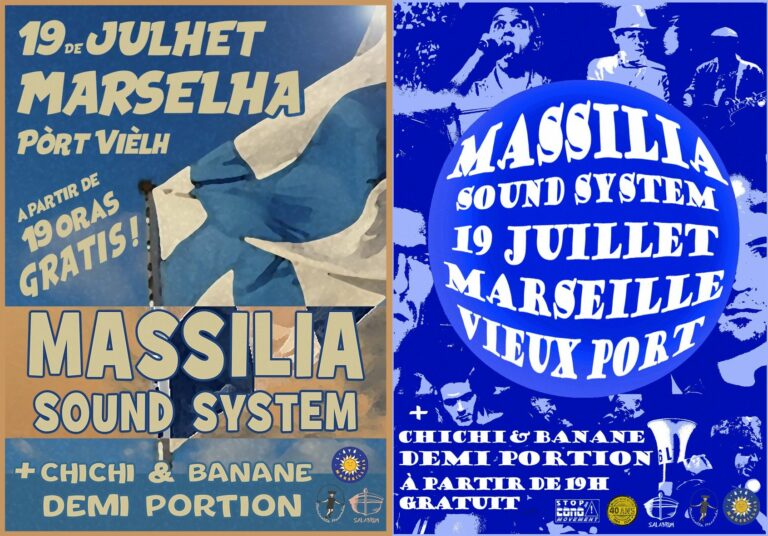
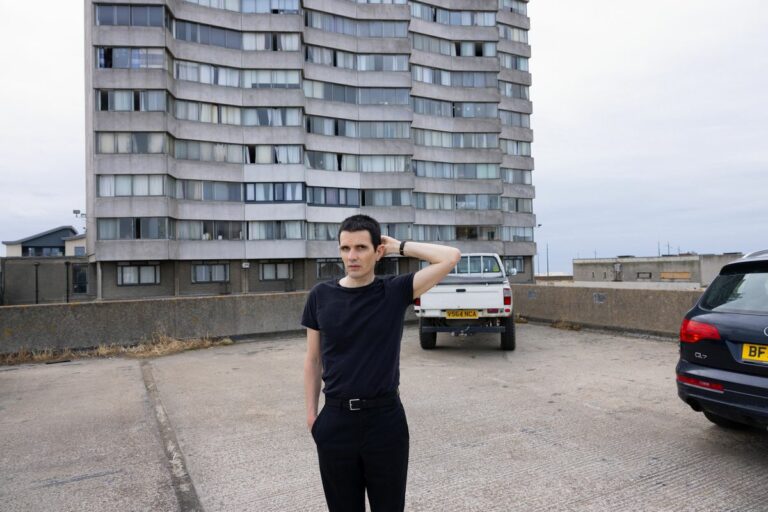
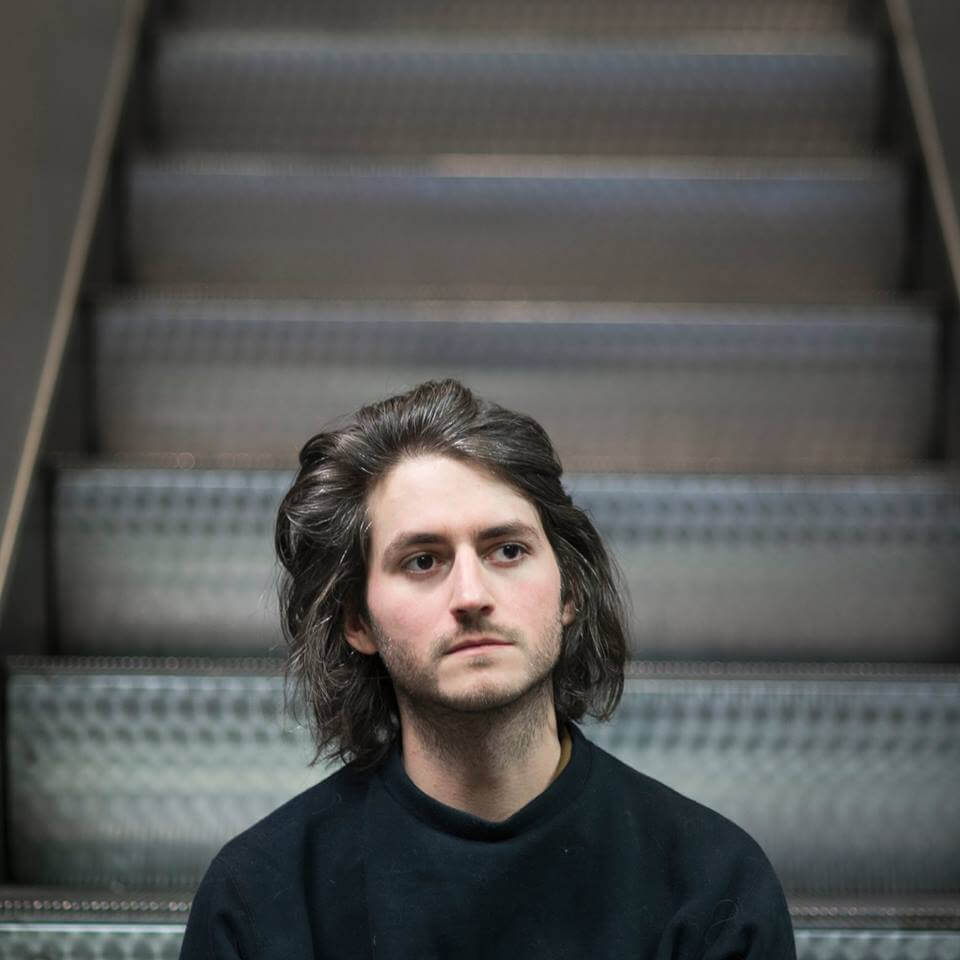 5 questions à … Agape
5 questions à … Agape